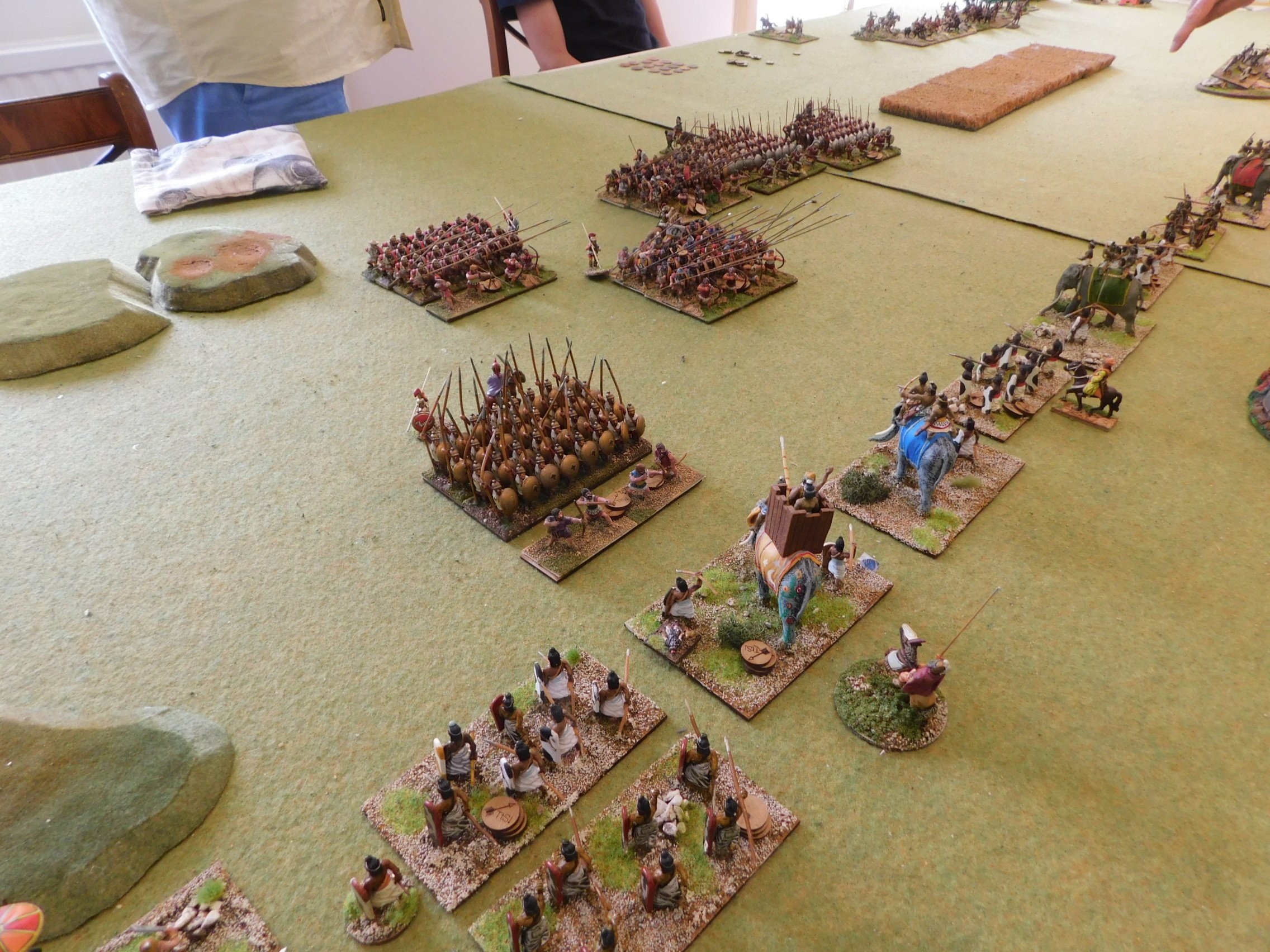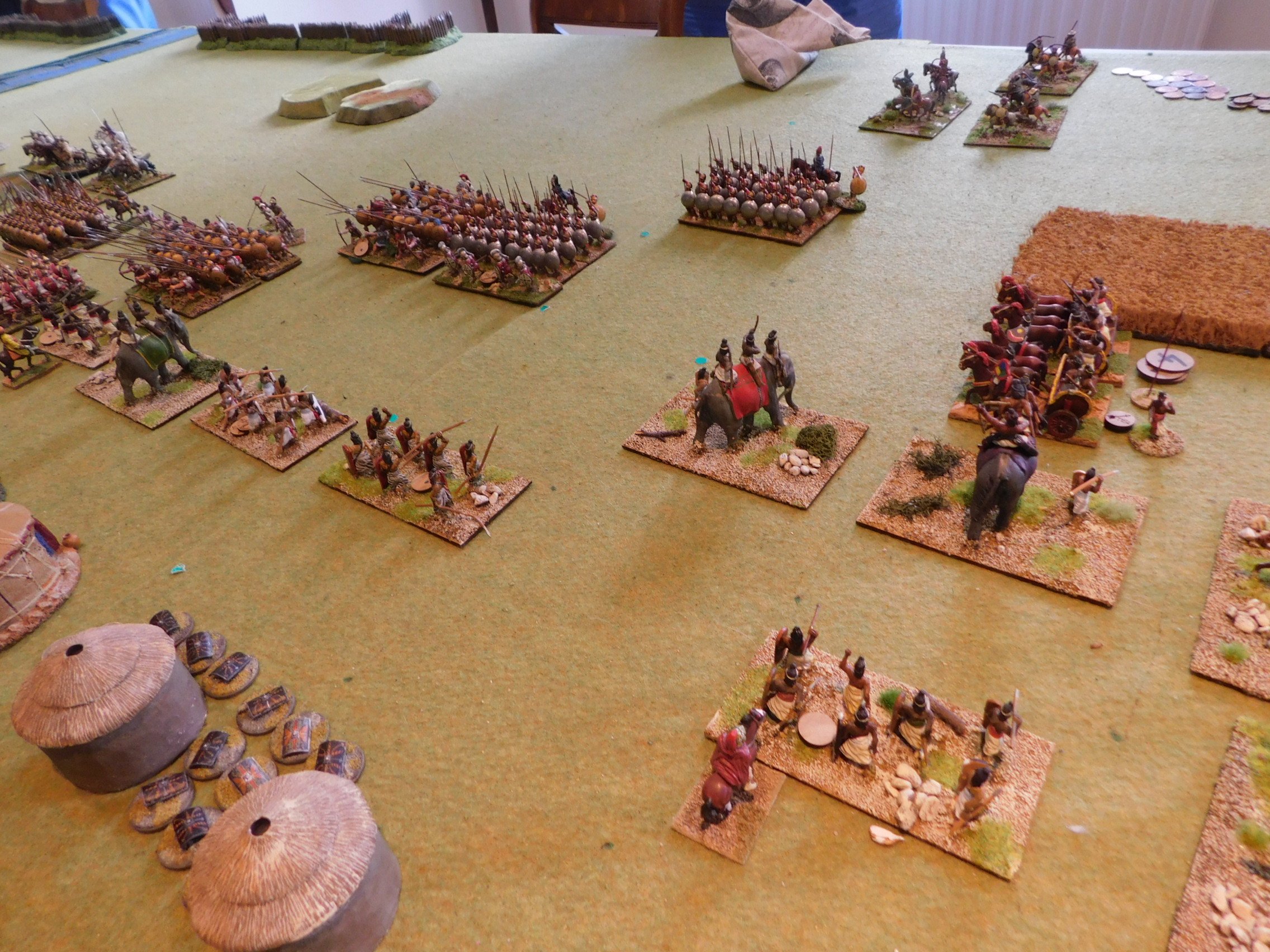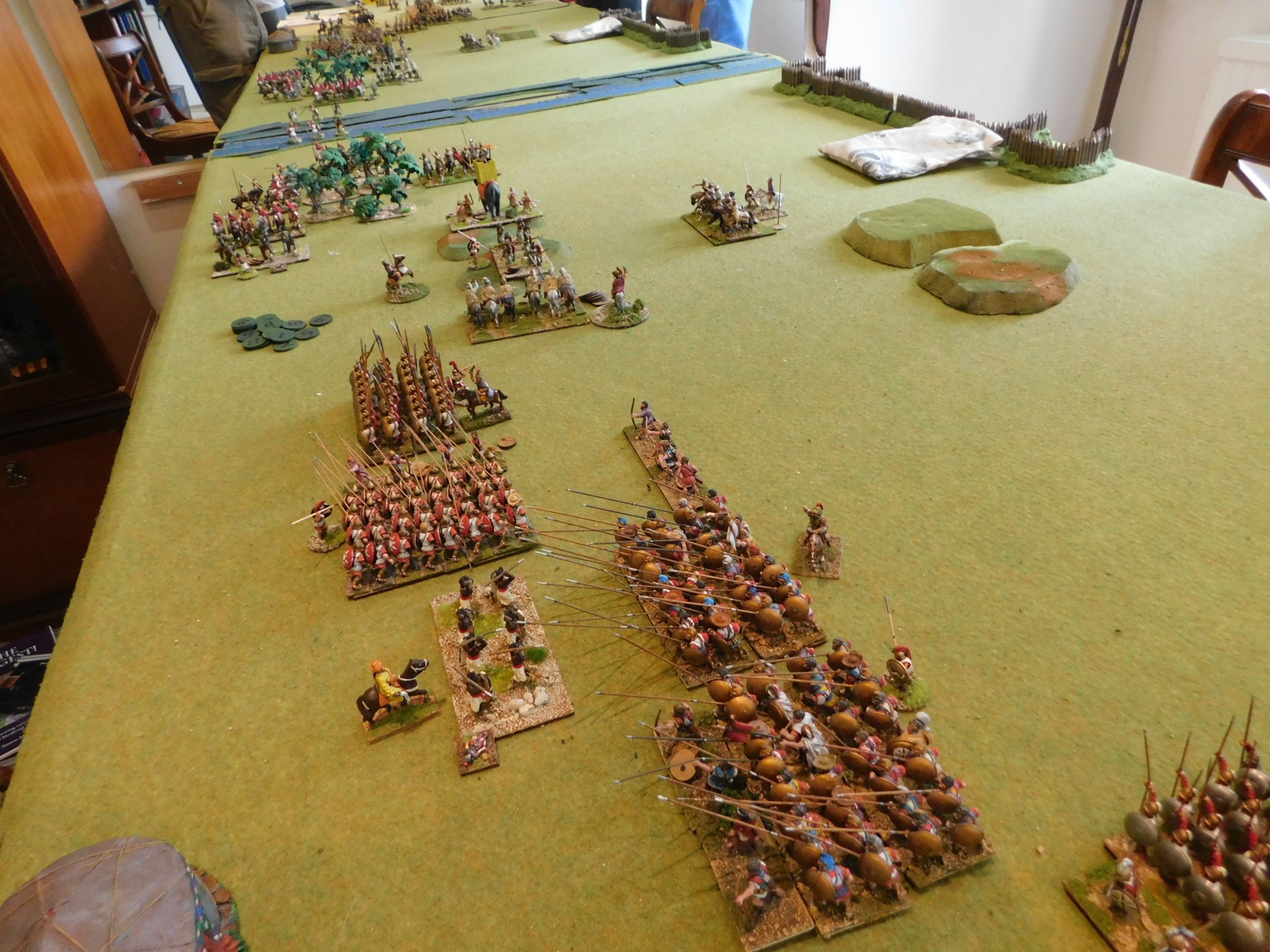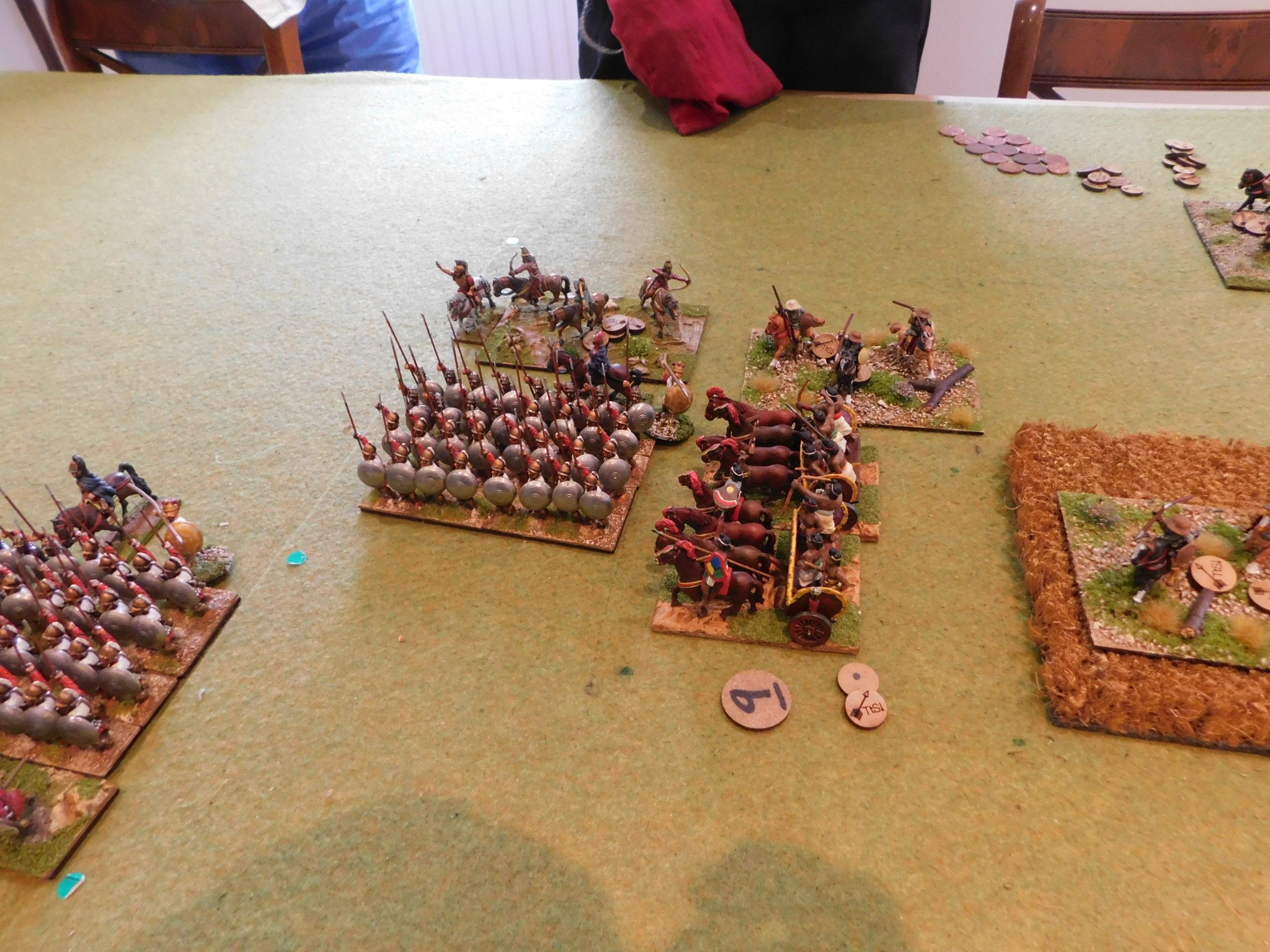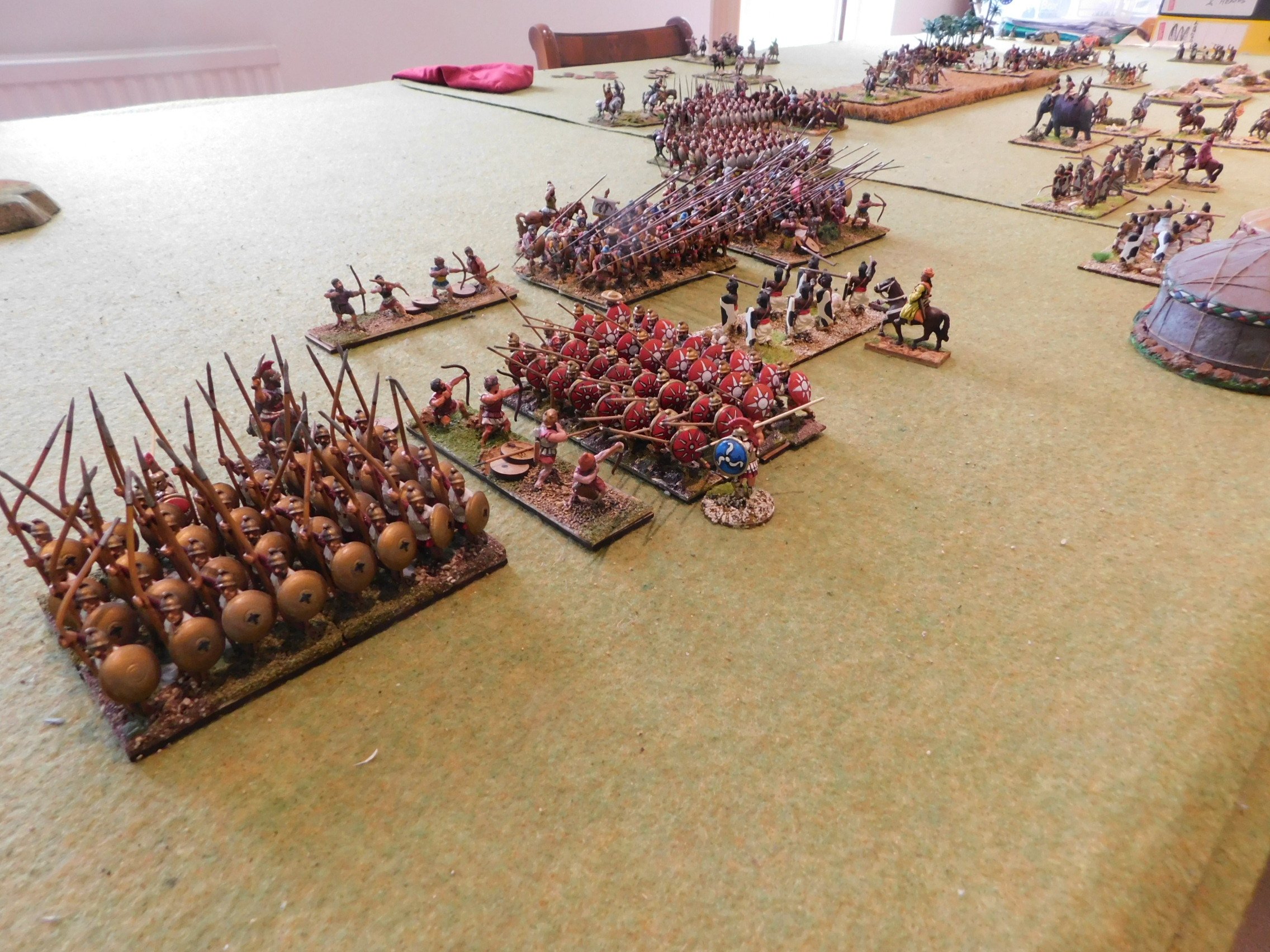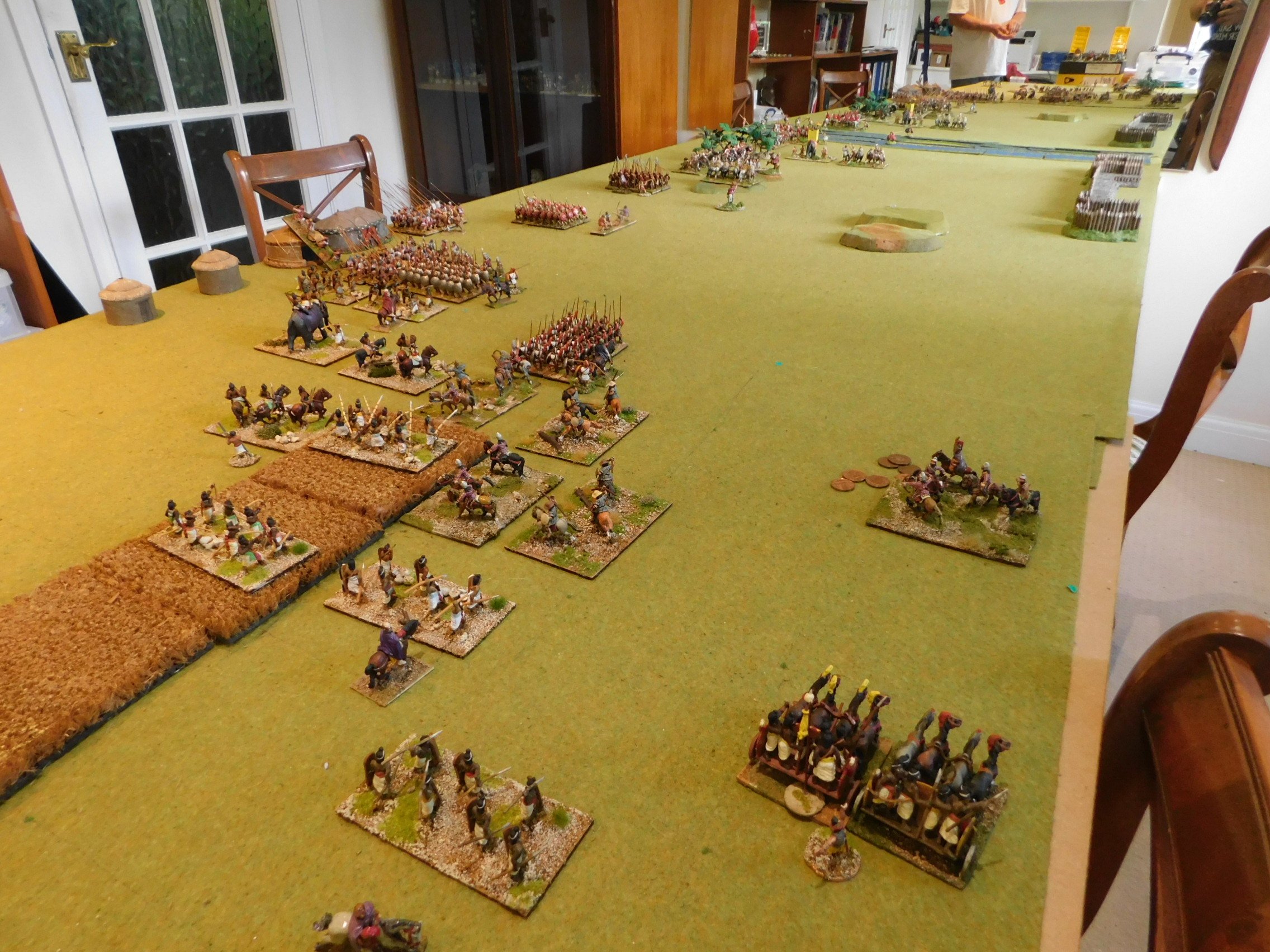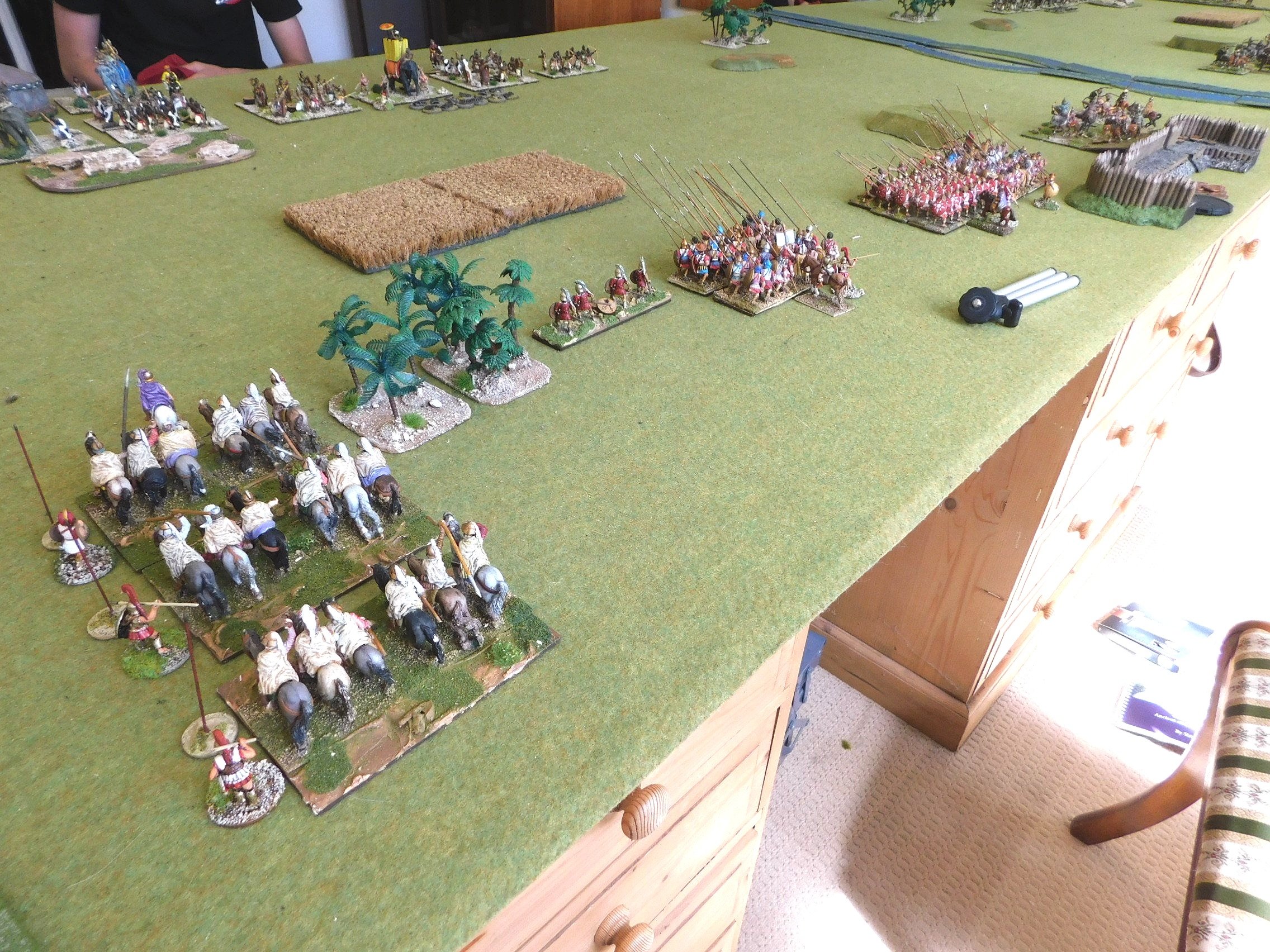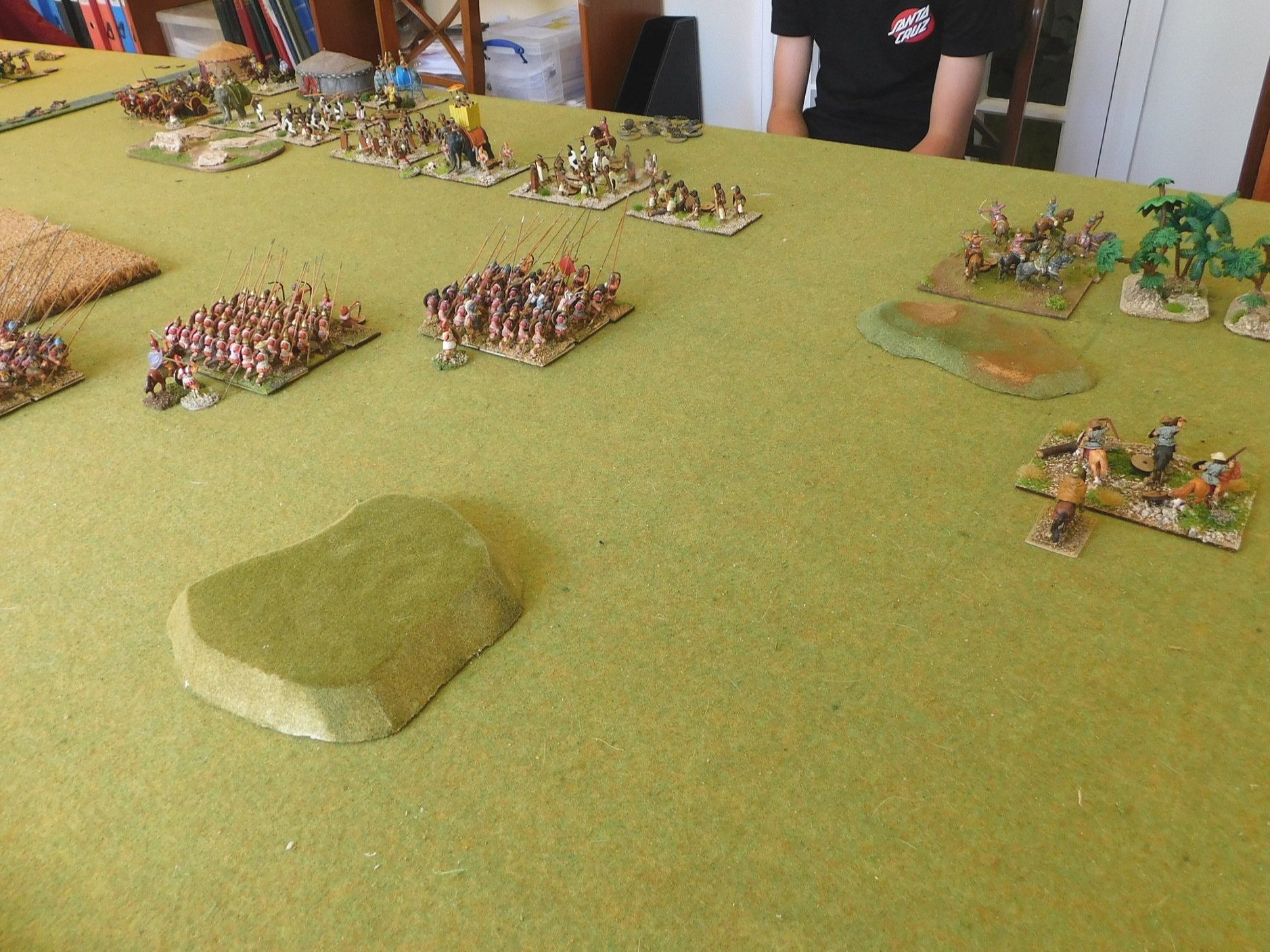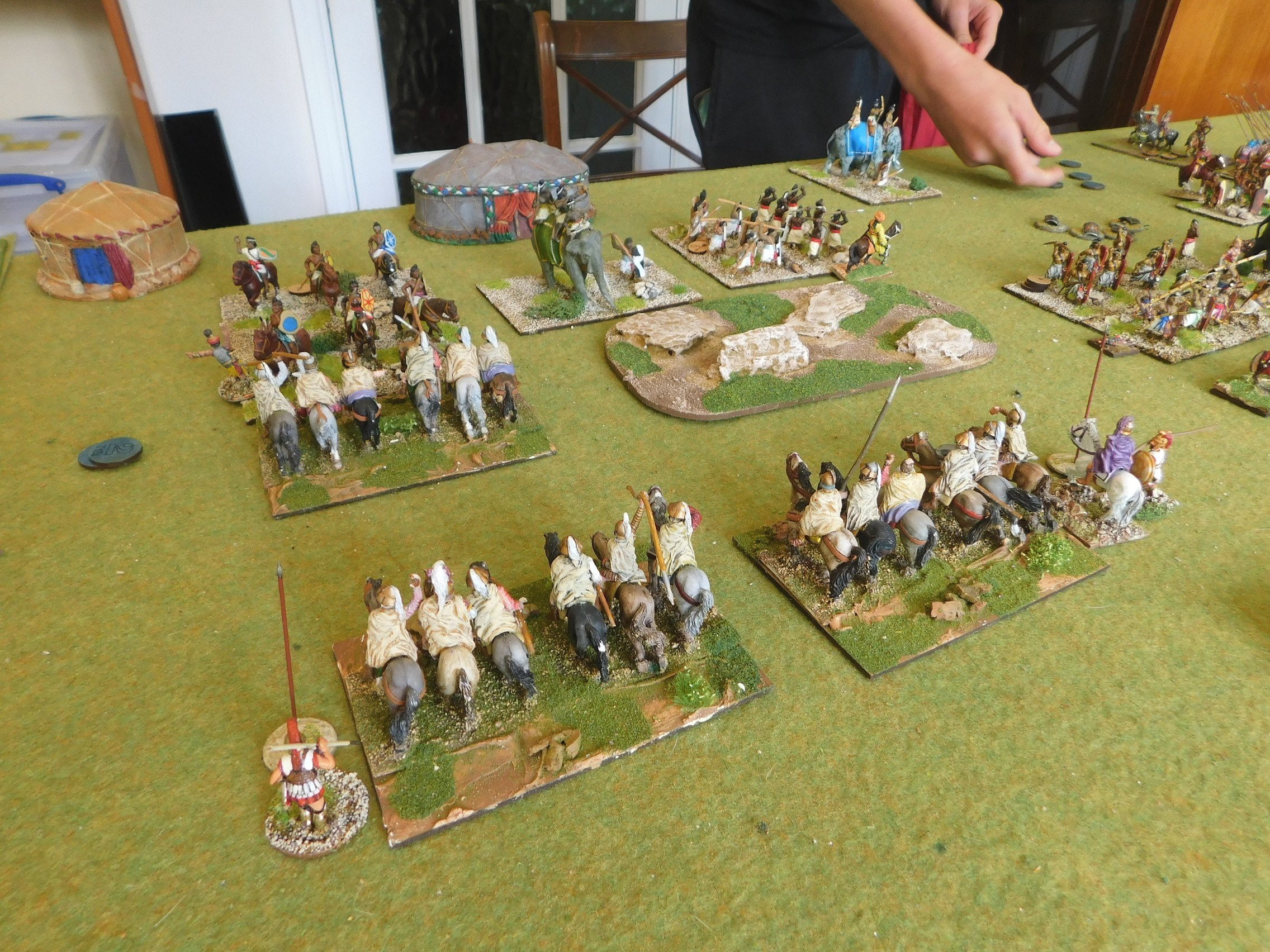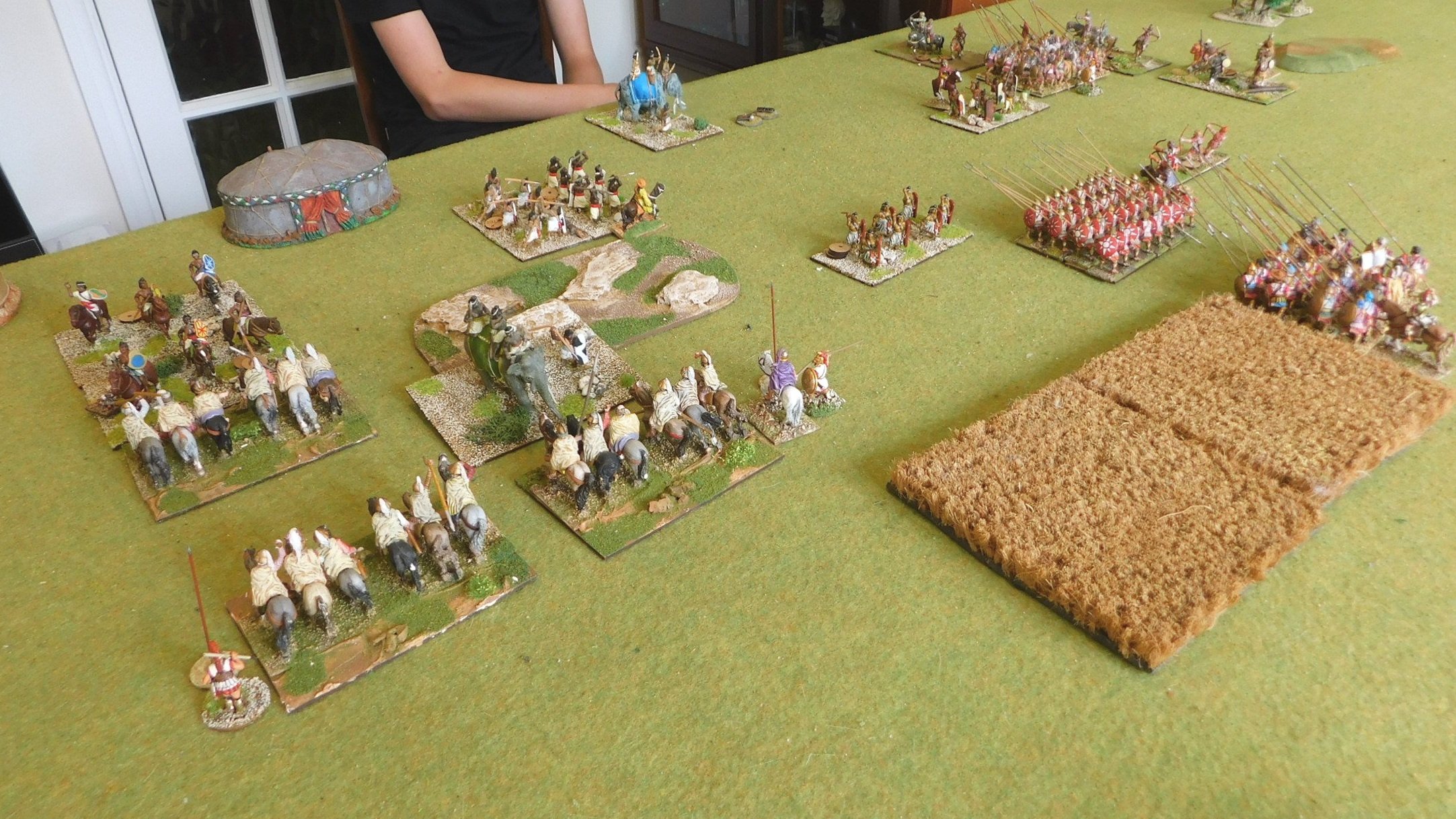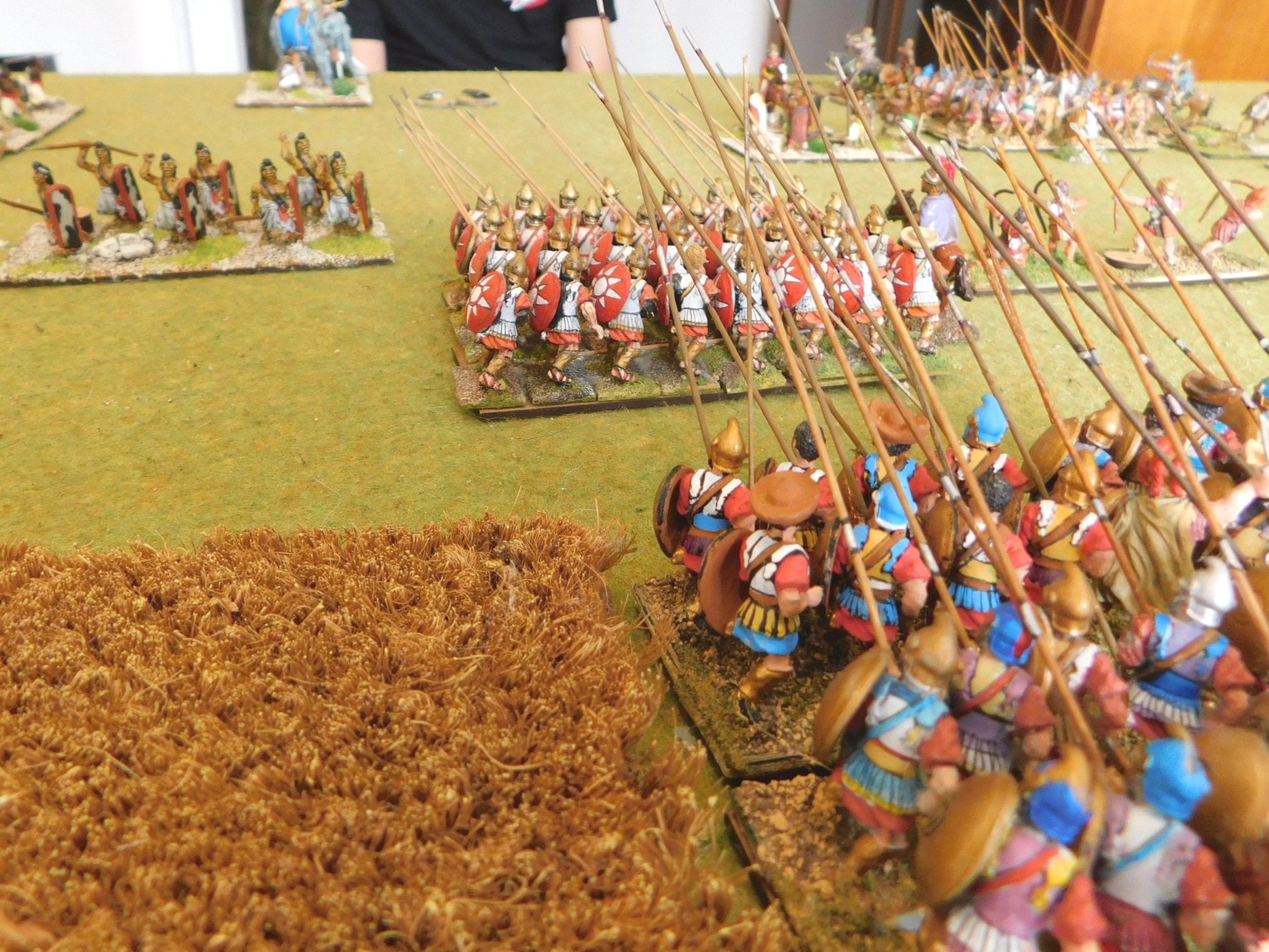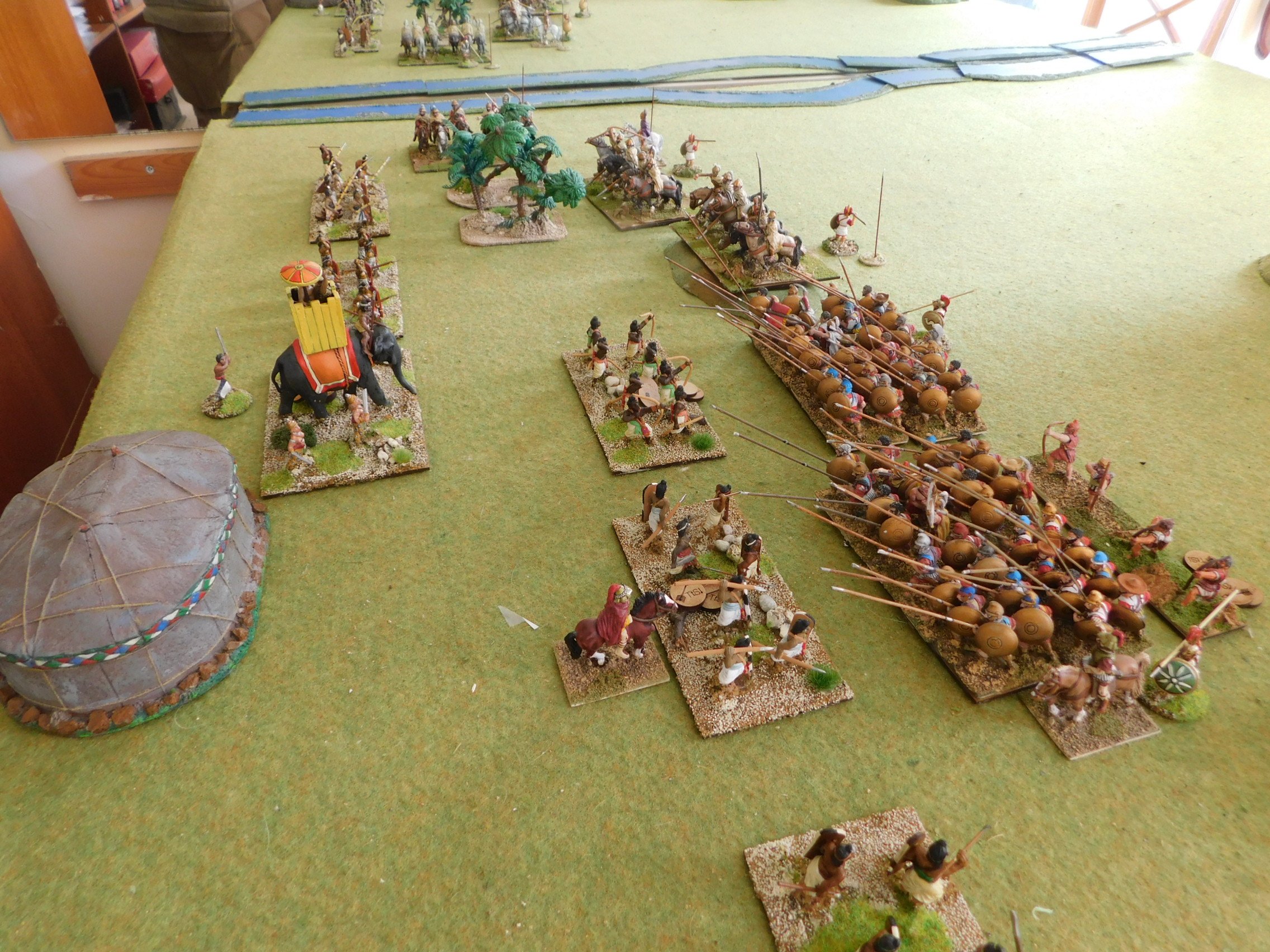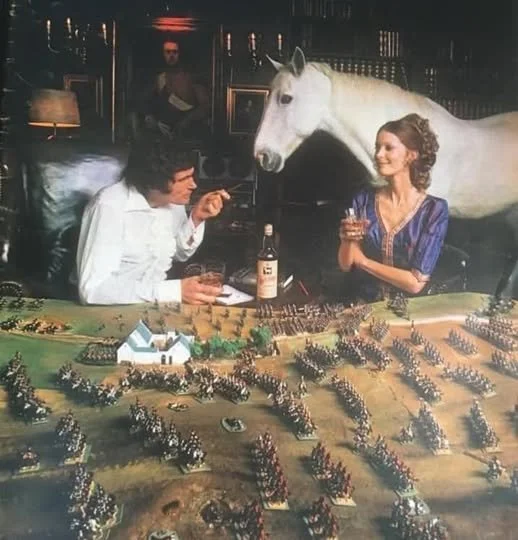TTS AAR: Darius' Revenge
/Neil was keen to have another go at a massive Macedonians vs Persians game using his 2mm blocks: Darius wanted his revenge and had reconfigured his army list accordingly!
Macedonians advance forward quickly, keen to get to grips with the enemy
As always when playing the Macedonians, my plan was for Alex and the Companions to punch through the enemy cavalry on one flank, and then turn and hit the rest of the Persian army in the flank as it was pinned in place by my advancing infantry.
Alexander and the Companions prepare to make their move
In our last game, Alex and Co. had done exactly that, but only in the nick of time as they had had to chew through deep units of Persian cavalry. This time I therefore positioned Alex opposite the smaller but better quality units of enemy horse, thinking that they wouldn’t take so long to win and break free.
The first part of the plan worked: Alexander and Co. charged forward and drove the enemy cavalry back…but unfortunately it still took a long time to actually break them (well, they were better quality) and, worse, the fighting moved away to the left: further from where Alexander would be needed to smash into the back of the enemy infantry.
Meanwhile, on the other side of the table, each sides’ poorer quality cavalry had closed to contact. This didn’t go too well for the out-numbered Macedonian ally-cavalry, and they were slowly driven backwards towards their baseline.
And in the centre, the Macedonian infantry grind forward…but much too slowly, especially as the Persian foot retreat backwards to avoid contact!
Persians pull back to avoid contact with the pikemen and ally-hoplites
So, to summarise the situation to date: on the left, Alexander and Co. have won the cavalry battle there but been drawn off further from the centre; on the right, the Persian cavalry are winning nd have pushed the Macedonian’s Ally-Cavalry back; and in the centre, the Macedonian infantry have advanced towards the retreating Persian infantry but not yet made significant contact.
What does this all mean?
Well, a gap had now opened up on the right of the advancing Macedonian infantry and the Persians, vastly superior in terms of overall numbers, were able to send their scythed chariots and mercenary/traitorous Hoplites into the space offered and assault the flank of main Macedonian infantry line.
Uh-oh!
With Alexander and Co. effectively out of the picture, it now became a race to see whether the Macedonian infantry could destroy the Persians in front of them, including taking the Persian camp, which which would then give them enough victory medals to win the game, before being mullered by the Persian flank charges coming in from the front!
Two units of Macedonian Ally-Hoplites had burst through the Persian line in front of their camp, and now needed to assault the place in order to win the game:
Unfortunately, Tyche was not with the Macedonians that day and, try as they might, the Ally-Hoplites just couldn’t get into the Persian camp…which meant that the Persians coming in from the right were able to overwhelm the right end of the Macedonian line doing enough damage to mean the Macedonians had to retreat, sarissas between their legs!
So a very close run thing, but a revenge win for the Persians, setting the scene for the deciding battle, to be held in a few weeks time!


































































